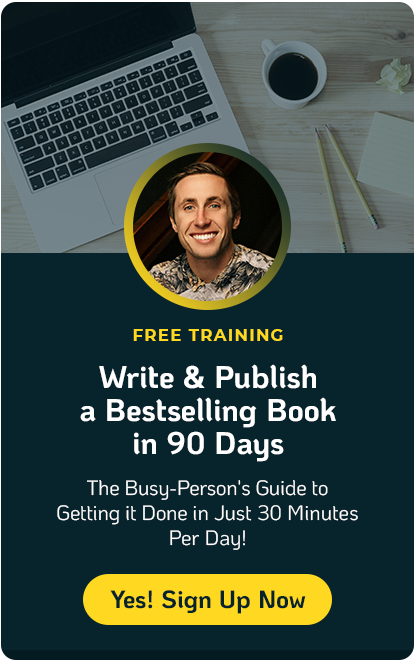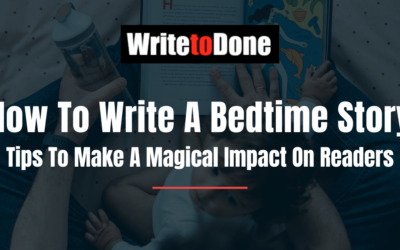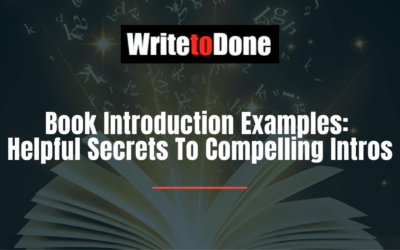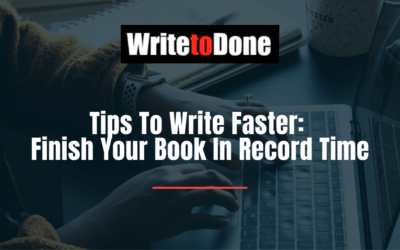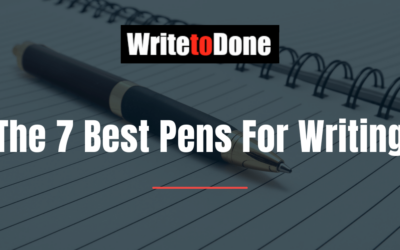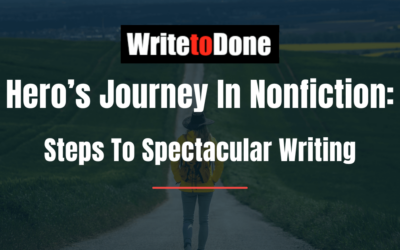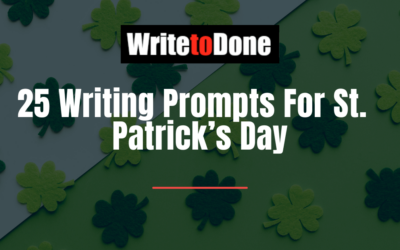Do you want to be a boring writer?
No, of course you don’t!
But how to avoid it?
Do you sometimes read a piece that moves at an agonizingly slow pace? I do. Well, let me be honest here – I tend to read only the first paragraph, and then I put the boring book aside or flick over to another website.
Boring is bad. Boring is slow.
Enter Sol Stein. A master-editor who knows a trick or two. His book Stein On Writing
lies on my bedside table and is a source of constant inspiration.
Stein’s take on ‘boring’ is that we need to accelerate the pace of our pieces. This means compressing the perceived flow of time.
Pace is often the deciding factor whether you bore or electrify your readers.
That’s especially true when it comes to stuff we publish on the Net, as internet savvy readers all seem to suffer from Attention Deficit Disorder.
The good news is that we can learn to control the pace of our writing.
Sol Stein suggests three techniques to speed things up which can be used in fiction as well as nonfiction.
1. Use short sentences
Here is an example: I stopped. The silence was awful.
2. Use frequent paragraphs
Frequent paragraphs move the reader forward. One way to use frequent paragraphing is to use dialogue. Because each line is really a separate paragraph. While it’s enlivening to use direct dialogue in non-fiction, it’s sometimes difficult to find a way to place it. Another way to use dialogue is as a conversation with your reader. Here’s an example by Brian Clark of CopyBlogger fame in this Teaching Sells Report:
Want to have a profitable online business?
Here’s the part where I tell you all about how fabulous it is to have a purely online
business.And then I tell you how you can have the lifestyle you want, live where you want,
and have unlimited income potential -all from publishing online.What’s that?
You mean you’ve already heard all that stuff?
Oh… You’ve already been sold the dream, over and over.
Now you’re looking for a way to make the dream come true that actually works?
OK.
Let’s just jump straight to that part.
That’s beautifully written, isn’t it? It’s engaging and enlivening. The reason it’s enlivening is because of the pace is accelerated through ultra-short paragraphs.
3. Use jump cuts
Sol Stein suggests skipping about two-thirds of your words in order to increase the pace. Here are two of his examples:
Version A:
In the morning he would shower, brush his teeth, shave, dress in a suitable business suit with shirt and tie, get down to the kitchen in time to have his coffee and then rush off to the station, but he’d frequently missed his train anyhow.
Version B:
He washed his body, shaved his jaw, drank his coffee, and missed the seven-thirty-one.
(This is what John Cheever wrote in his celebrated story “The Country Husband”)
So, here are Sol Stein’s three techniques to accelerate the pace – all ready to put into your writer’s tool box. But don’t just leave them in there. Bring them out and use them next time you wonder whether your piece is boring.



